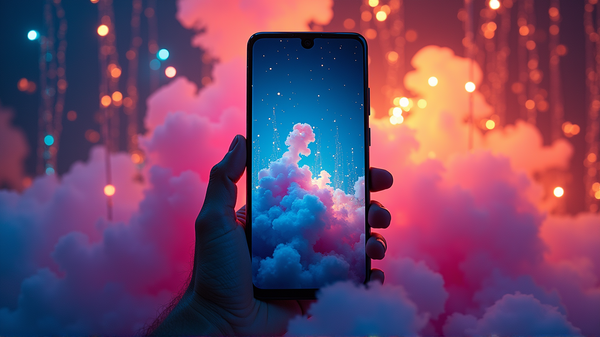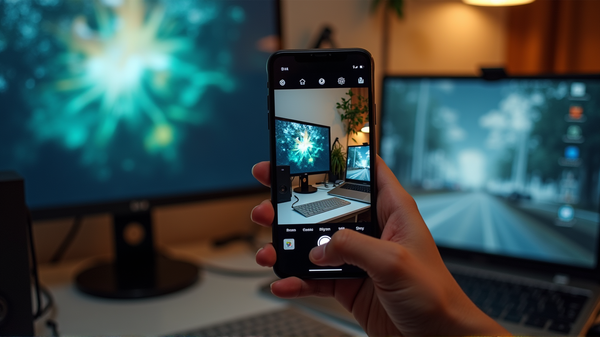Unleashing True Desktop Browsing on Mobile: What Chrome Must Learn from iOS 26
A Revolutionary Leap in Browsing
In the fast-evolving world of mobile technology, iOS 26 and iPadOS 26 are setting new standards in browsing experience. Apple’s latest version of Safari represents a paradigm shift that Chrome on Android ought to watch closely, a leap that promises a seamless desktop-like browsing experience on mobile. While Google introduced the Material 3 Expressive design on Android 16, Apple counters with its Liquid Glass design, emphasizing user flexibility.
Liquid Glass Design: Effortless User Experience
The hallmark of Apple’s approach lies in understated genius: context menus and simplified navigation. Unlike Chrome’s segmented browsing history, Safari integrates a comprehensive history list similar to what you’d find in desktop browsers. This innovation, offering a smoother journey through browser histories, is something Chrome desperately needs in its foldable devices and tablets, as indicated by Android Central.
Superior Desktop Browsing on the Go
If you’re an iPhone user familiar with Safari, you’ll have noticed its ability to offer native page zoom controlled effortlessly. Chrome, initially lagging in this feature, eventually caught up, but Apple’s introduction of desktop-level browsing history has given Safari a significant edge in mobile browsing. Tailored browsing history access has simplified user navigation, reducing the dependency on cumbersome back and forward controls.
Context Menus: Apple’s Winning Card
A crucial component of Liquid Glass is its ingenious use of context menus, enhancing both simplicity and functionality. From managing calls directly from a browser, selecting SIM cards, to integrating third-party apps seamlessly, this approach redefines user interaction. It’s a feature Android users can only dream of, demonstrating why full integration in Chrome on Android is essential for closing the experience gap.
The Chrome Quandary: Bridging the Experience Gap
The main challenge facing Google is Chrome’s universal design, intended for compatibility with various devices. However, this prevents Chrome from offering a polished, optimized experience for unique device form factors, such as foldables. Apple’s focused approach provides a cautionary tale for Google: ensure Chrome remains relevant by embracing more personalized, robust features adapted for contemporary mobile demands.
Conclusion
iOS 26 is a vivid example of design evolution: moving towards simplicity while improving user interaction. While Android 16 continues to offer its unique advantages, namely productivity tools like enhanced multitasking, Apple’s latest offerings could redefine the competitive landscape. For Chrome to remain competitive, introducing these user-friendly changes is imperative—not just to narrow the gap but to lead mobile browsing into a new era.




